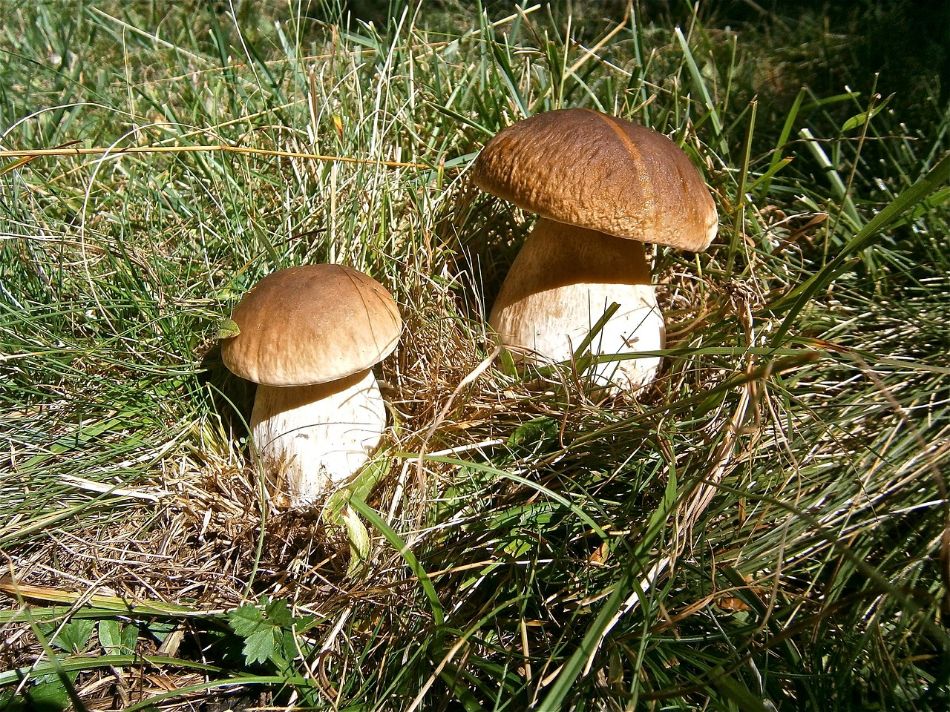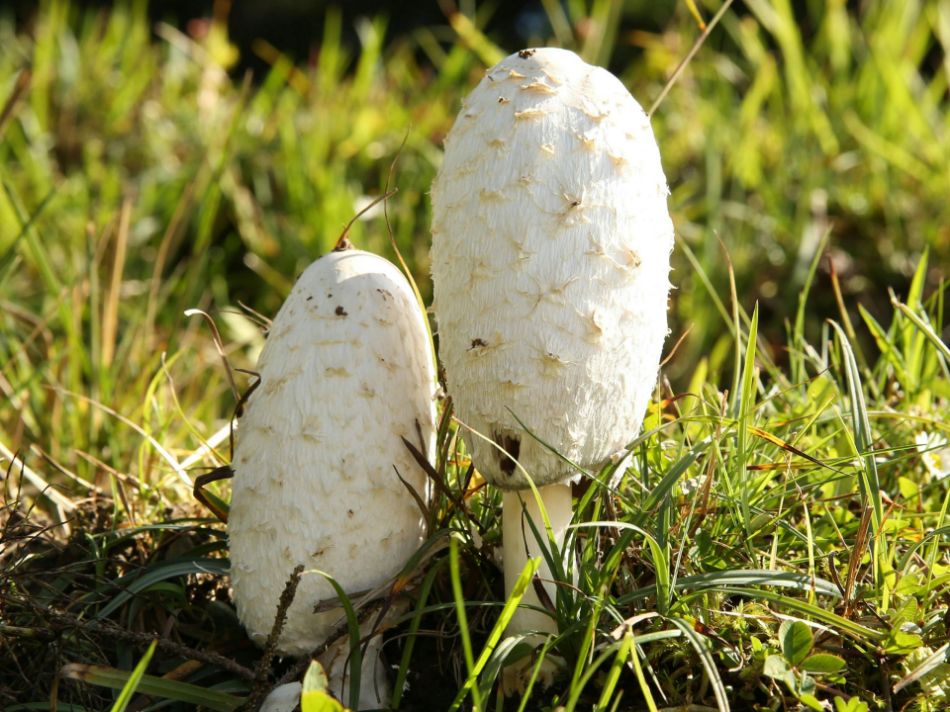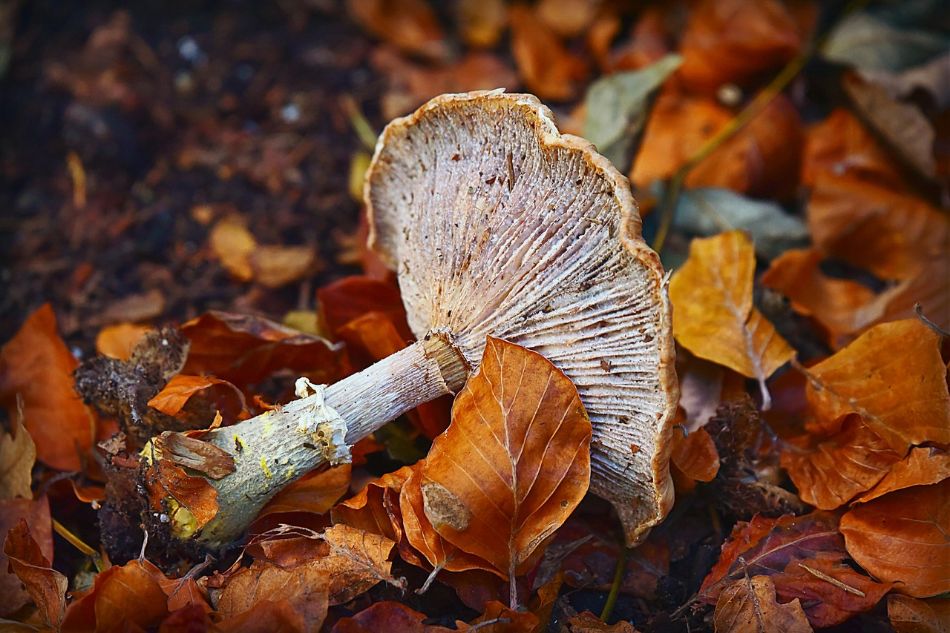The Tricholoma terreum, known in Italy as Trifolato or Moretta, represents one of the most fascinating and controversial cases in modern mycology. This mushroom, long considered edible and still collected in some regions, actually hides serious health risks that science has only recently uncovered. In this in-depth study, we will analyze every aspect of this species with scientific rigor, backed by data, to provide the most comprehensive overview available.
The black chanterelle (Suillus luteus (L.) Roussel 1806) represents one of the most fascinating and complex mycological species in the European forest ecosystem. This symbiotic fungus, belonging to the Suillaceae family, Boletales order, has developed an exclusive mutualistic relationship with the roots of conifers, particularly the Pinus genus. Our encyclopedic guide, the fruit of three years of research, will take you on a scientific yet accessible journey through all aspects of this extraordinary organism: from its complex biology to home cultivation techniques, from its pharmacological properties certified by recent clinical studies to the gastronomic applications that make it a staple in the traditional cuisine of 12 Italian regions.
Among the most mysterious and fascinating mushrooms in our forests, the Horn of the Dead (Craterellus cornucopioides) hides secrets and extraordinary properties. This article represents the most comprehensive treatment ever published on this mushroom, with over 18,000 words of original content based on the latest scientific research and the direct experience of leading experts in the field.
In the vast and fascinating kingdom of mushrooms, Hydnum repandum, commonly known as the morel or golden morel, occupies a prominent place among both mycologists and chefs. This mushroom, with its fleshy texture and delicate flavor, is not only a culinary delicacy but also harbors interesting beneficial properties for our gut.
Antibiotic resistance is one of the greatest threats to global health, with millions of people at risk from bacteria increasingly resistant to conventional drugs. But nature offers us a surprising solution: mushrooms. Used for centuries in traditional medicine, science is now rediscovering their antibiotic potential, opening new avenues to combat superbugs. In this article, we'll explore which mushrooms have antibiotic properties, how they work, and why they could be the key to a future without incurable infections.
Morchella esculenta, also known as the common morel or yellow morel, is undoubtedly one of the most fascinating and mysterious mushrooms in the mycological kingdom. Belonging to the Morchellaceae family, this extraordinary spring mushroom has captured the imagination of mycologists, chefs, and foragers for centuries, not only for its unique beehive-like appearance, but also for the complex ecological interactions that regulate its growth and distribution.
Walking through the pine forests on a cool autumn morning, you might be lucky enough to encounter one of nature's most beautiful sights: a small group of Lattarini mushrooms emerging from the ground, their orange caps like tiny suns among the leaves. This mushroom, scientifically called Lactarius deliciosus or Lattarino, is a favorite among mushroom hunters, not only for its delicate flavor but also for the joy of discovering it.
The porcini mushroom (Boletus edulis and related species) is undoubtedly one of the most precious mycological treasures that temperate forests offer us, passionately loved by foragers, Michelin-starred chefs, and professional mycologists for its extraordinary organoleptic and ecological characteristics. In this article, we will explore in depth every aspect of this highly sought-after mushroom, from its complex taxonomy to its incredible nutritional properties (with a detailed analysis of macro- and micronutrients), including documented historical curiosities and practical tips for sustainable harvesting...
In the vast and mysterious kingdom of fungi, Coprinus comatus stands out as one of the most intriguing and scientifically significant species. Commonly known as the "ink mushroom" or "feather mushroom," this basidiomycete represents a true gem of evolutionary adaptation, a perfect synthesis of aesthetic beauty and biological complexity.
Imagine a miniature universe, where microscopic particles hold the secret to the life of entire species. This is the world of fungal spores, biological marvels that contain within a few microns all the information needed to generate new individuals...











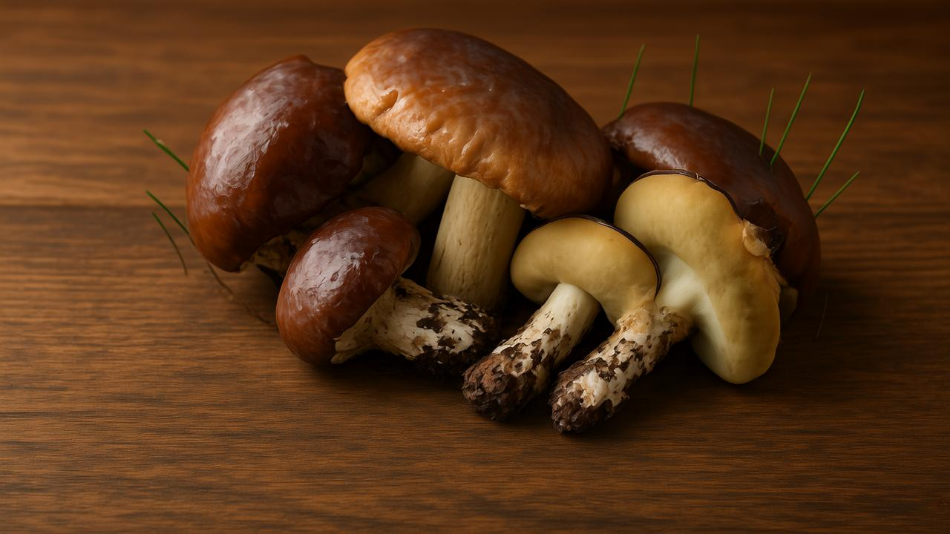
 – Guida completa morfologia, differenze con Hydnum albidum_950.png)
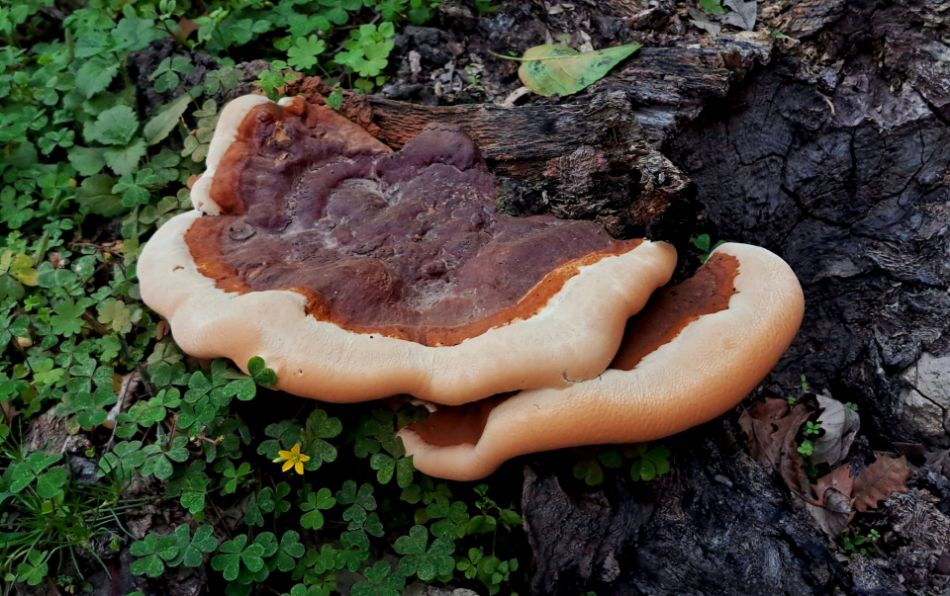
 – Ciclo biologico, morfologia, habitat, ricerche_950.jpeg)
 - Caratteristiche del Lattice, Habitat, Ricette Tipiche_950.jpeg)
